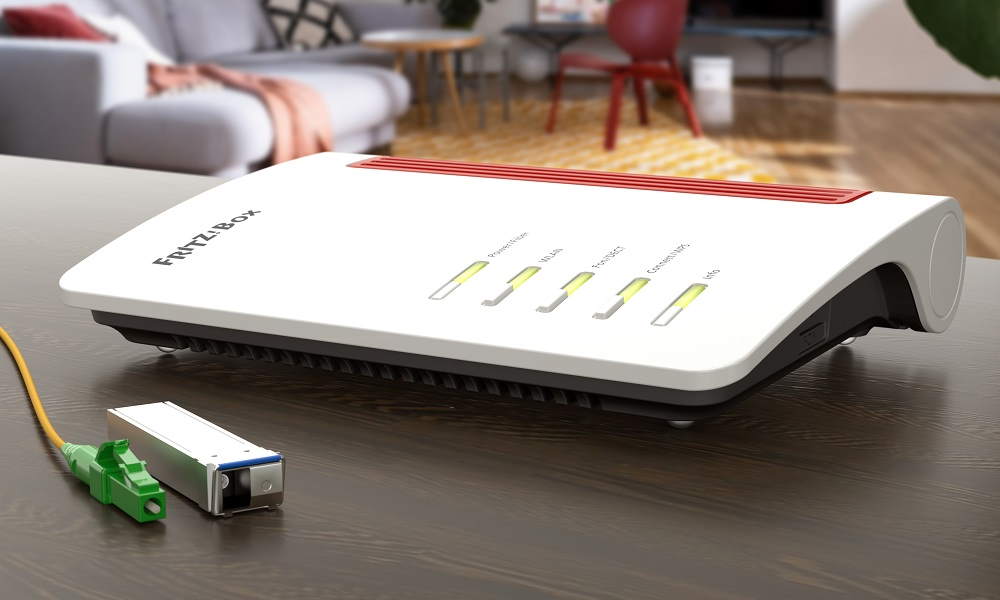Internet via Wi-Fi or cable, which is better and why
- February 2, 2023
- 0
Choosing between Wi-Fi or cable is a difficult decision. Any type of internet connection It has its advantages and disadvantages and that ultimately means that if we don’t
Choosing between Wi-Fi or cable is a difficult decision. Any type of internet connection It has its advantages and disadvantages and that ultimately means that if we don’t

Choosing between Wi-Fi or cable is a difficult decision. Any type of internet connection It has its advantages and disadvantages and that ultimately means that if we don’t make the right decision, we’ll end up with a user experience that doesn’t meet our needs, or may even be very bad.
I know that our advanced readers are clear on this topic and that they know when it is better to use Wi-Fi or cable, but other readers with less knowledge still have doubts about this topic, so we decided to give shape to this simple guide, where We will help you solve all these doubts once and for all.
This article will be very clear and easy to understand, but if you have any questions after reading, you can leave them in the comments and we are happy to help you solve it. Without further ado, get comfortable and let’s get started.

The connection to the Internet via Wi-Fi is one that is established wirelessly between the router and another device. This type of connection uses doughnut-shaped radio waves that propagate in two directions, creating a classic way of receiving and transmitting that Allows two-way communication to be established. We can have several devices connected to the same Wi-Fi network at the same time.
So the router receives signals from the device, which we know as “upstream”, and the device receives signals from the router, which we know as “downstream”. On this way, the waves may encounter various obstaclesthey can be affected by sources of interference from other waves operating at the same frequency and will also weaken with distance.
When we use a cable connection to the Internet, this two-way communication also occurs between the device and the router, but with a peculiarity, namely in this case it is done with a cable that connects the two. Said cable can limit the speed of the connection, so it must be able to work at least at the maximum level that our connection is capable of reaching.
Unlike what happens with a wireless connection, we can only connect one device for each cable, namely is not affected in the same way neither by distance nor by interference, which is a very important advantage.
Advantages
Disadvantages

These types of connections are the ideal choice for connecting mobile devices and laptops, and also use those systems that we use for streaming that do not require very high speed, nor complete stability. It can also be the best solution for creating a multi-device environment without having to invest heavily in connectivity and cabling.
Advantages
Disadvantages
These connection types are the best choice for devices and systems that require high speed, very low latency and overall stabilitysuch as a gaming PC, gaming console or cloud gaming device. The difference this type of connection can make in terms of latency and stability compared to Wi-Fi is huge, so keep that in mind.
Content provided by AVM FRITZ!
Content provided by AVM FRITZ!
Source: Muy Computer
Donald Salinas is an experienced automobile journalist and writer for Div Bracket. He brings his readers the latest news and developments from the world of automobiles, offering a unique and knowledgeable perspective on the latest trends and innovations in the automotive industry.